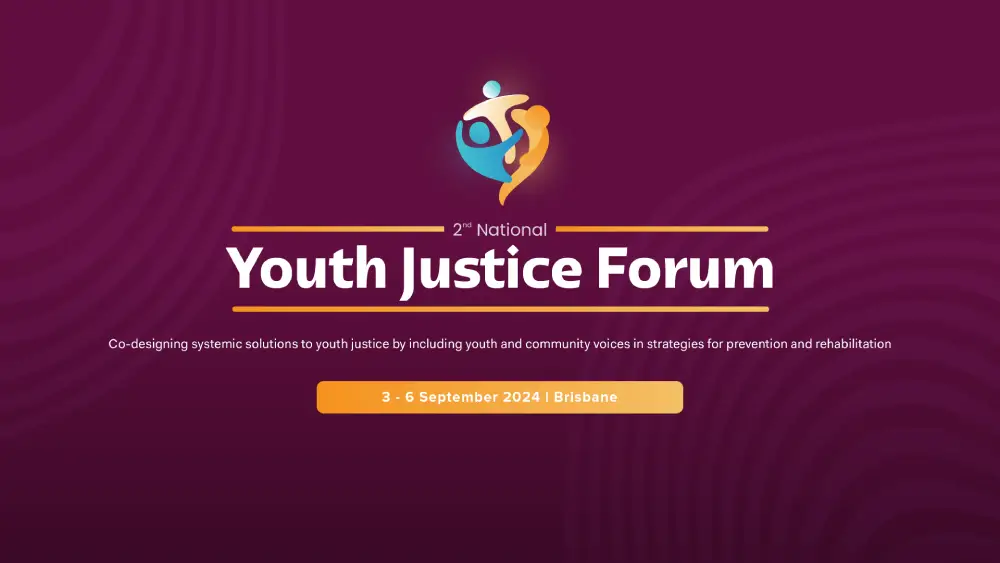1. Elect a CRM committee
Although the board may have decided to purchase a CRM, it is important that the process of selecting and implementing the CRM database isn’t carried out solely by board members, as they won’t be the ones using it on a daily basis.
Elect a CRM committee consisting of individuas from every department within your organisation. These people should be most familiar with your organisation’s current relationship management systems and will be the ones using the CRM.
The CRM committee is responsible for the CRM selection and implementation strategies. Each committee member must act as a strong advocate for the CRM, be committed to its successful implementation and ensure the CRM is used effectively.
The committee is also a channel through which organisation members can voice CRM-related queries and concerns. This allows issues that could impede CRM adoption to be addressed.
2. Identify goals and expectations
CRMs are sometimes implemented in the hope that they will provide a quick fix to an organisation’s problems. There isn’t a CRM, no matter how technologically advanced, that can single-handedly solve all of your organisation’s problems. Problem-solving requires an active change in approach, attitude, culture and operative processes.
CRM databases are simply the supporting technologies that facilitate these changes. Instead of trying to tackle every issue at your organisation, direct efforts towards solving several, clearly defined, high-priority problems in the organisation’s current relationship cycle.
Before your CRM committee begins researching the capabilities of different CRM databases and suppliers, it is a good idea to conduct a full examination of your organisation’s operational processes. This will raise awareness of the challenges that different divisions face, identify specific areas/processes that a CRM could significantly improve and highlight the key requirements of your CRM.
It is important to remember that the organisation’s needs should govern the functionality of the CRM and not the other way around.
Having a strong but realistic vision for your CRM database will help to keep your CRM committee focused throughout the buying process, enable it to measure success and to make adjustments if goals aren’t being met.
3. Shop around
The process of purchasing a CRM should be a slow one – both careful and considered. Create a tick chart with essential features and support requirements. This will allow the committee to stay focused and stop it from being led astray.
Compare different CRM packages and price options and examine how they meet the requirements of your organisation.
4. Don’t become infatuated with features you won’t use
Choosing one CRM over another purely because it offers more features is a misguided approach. The key is to find a CRM with the features you require. It is important to stay focused on the needs of your organisation and the problem areas that have been identified as high-priority to improve. Think logically and ask yourself if each CRM’s features will serve all of your organisation’s requirements.
5. Ask for a reference
Implementing a CRM database is a long-term commitment. To avoid the disappointment of selecting a CRM that doesn’t live up to your expectations, seek another organisation who has already implemented the CRM database. Find out what factors they based their decision on, if there have been any unforeseen hurdles, what features they have found useful/useless, the advantages and disadvantages of the CRM and how well the CRM supplier responds to their requests for help.
This task is simple to carry out and will provide your organisation with the independent, unbiased feedback it needs.














































































































































